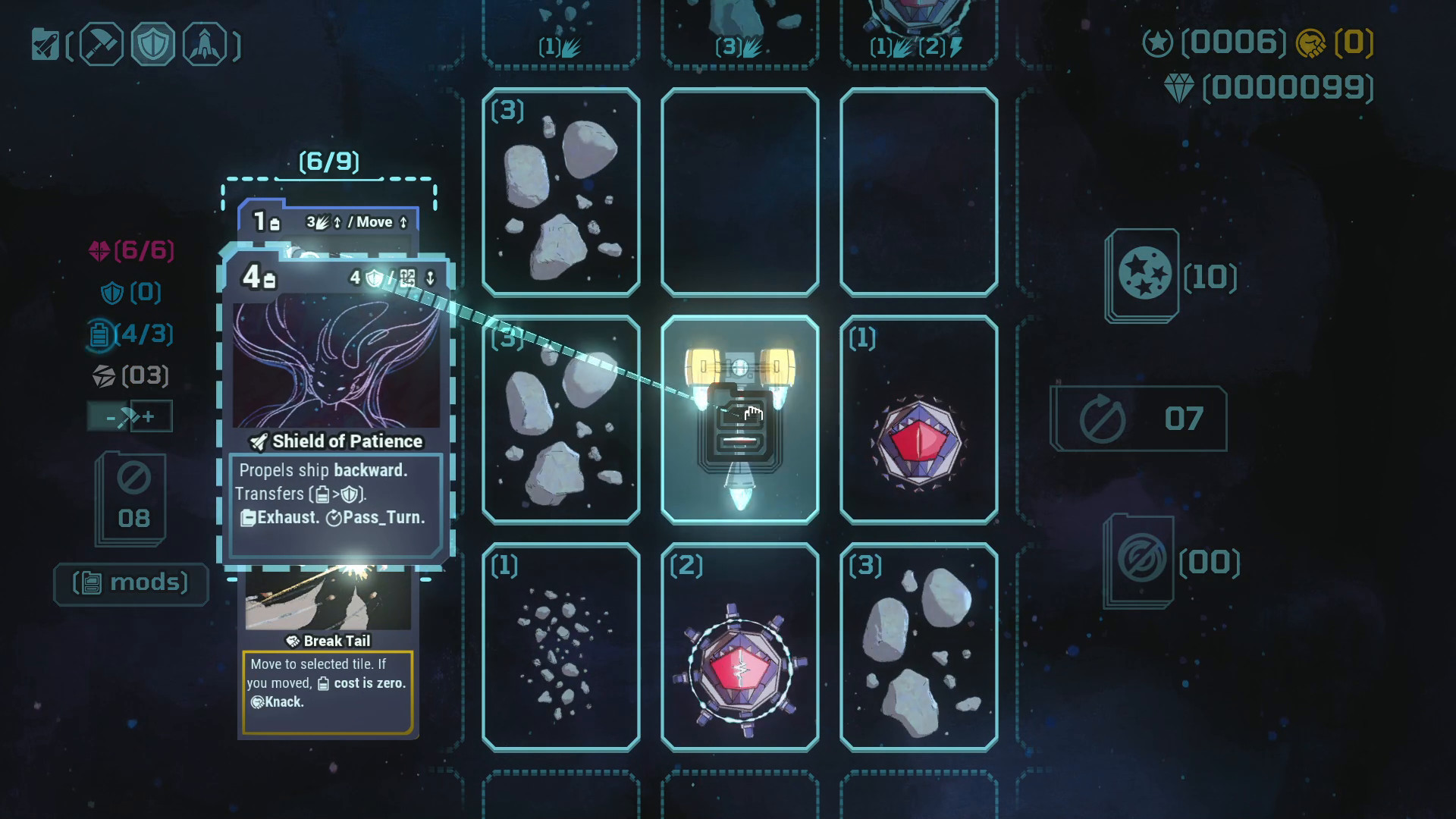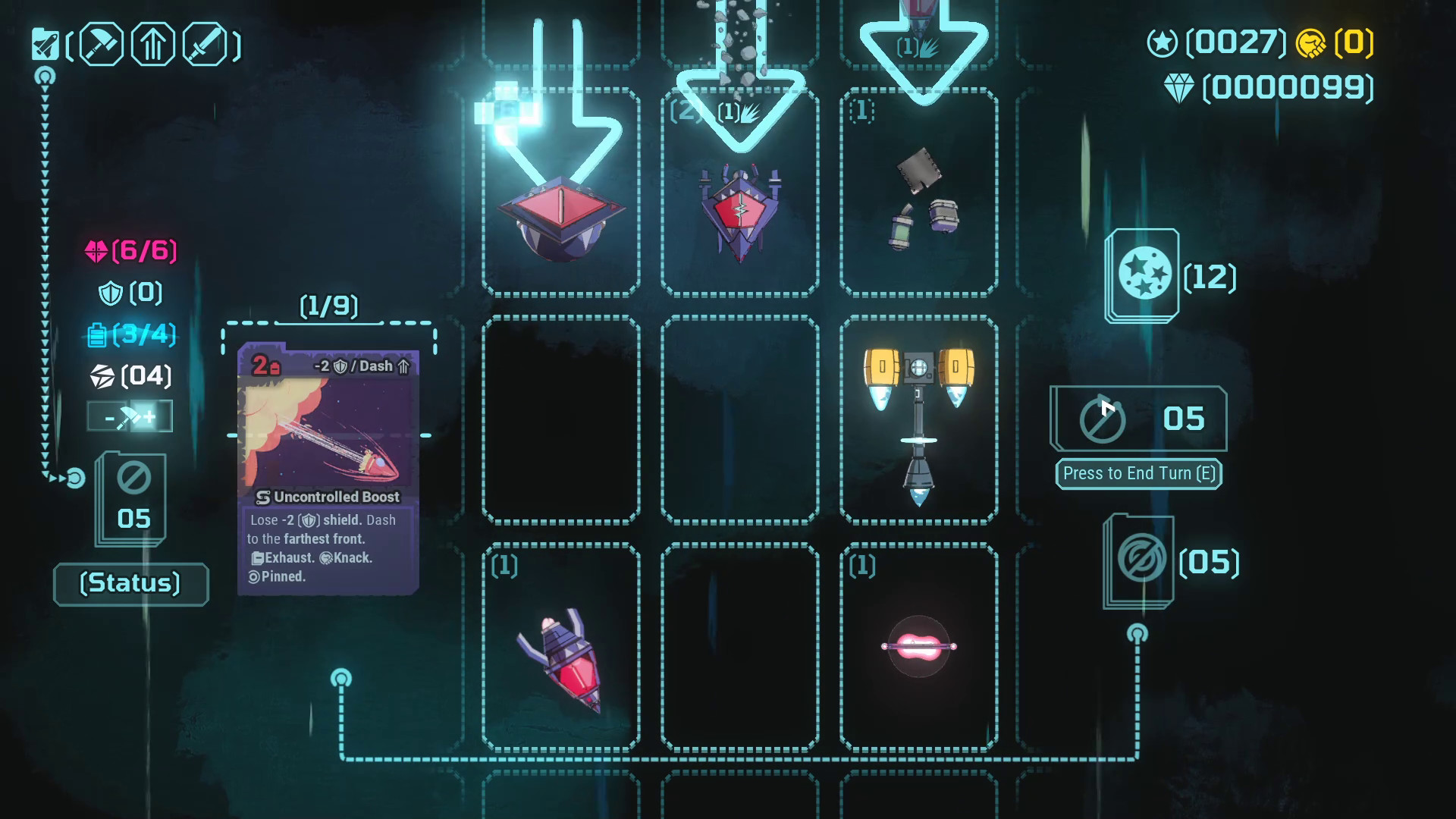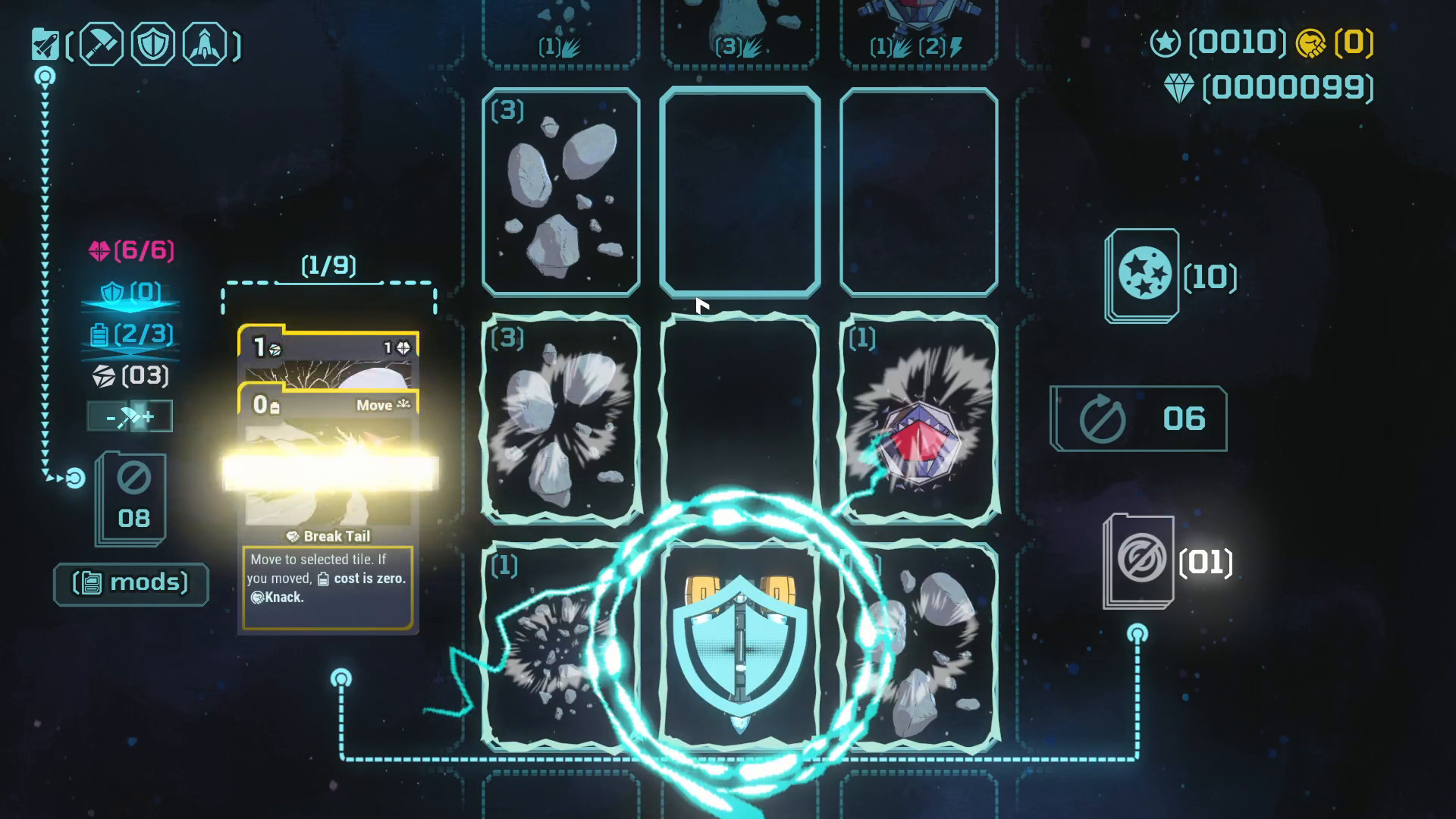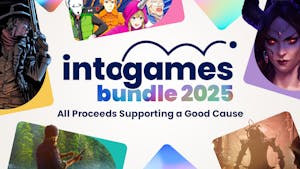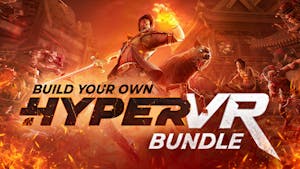
Takara Cards is a tactical Deck Builder with light RPG elements.
Dwarves, Elves, Humans and Orks lived peacefully until the insatiable Dragons arrived, stole the Holy Elixirs and fled!
Chase the Dragons through space, navigating Events and Factions, learning Maneuver Cards, acquiring Equipment Cards for your Ship, and battling Dragon-Drones in space-jumps!

- One playable Race/Ship: the Dwarven Hammer.
- 57+ cards in total.
- 16+ unique units, 7+ enemies.
- One final Boss.
- 9+ Reputations (traits) that mark your Character's journey.
- Some Events, Store types and Factions.
- Art, Writing and attitude inspired by Animes of the 80's-90's.

- More Races/Ships, each with their quirks.
- More cards of all types.
- More Enemies, units and Bosses.
- More variation on Events and Traits.
- Improvements to the UI and game in general.
- Even more 80's/90's anime attitude!
Hello, my name is Daniel Pinheiro Lima and I am a production artist at Post Mortem Pixels. On Takara Cards, one of my roles is to help develop the look of the game's interfaces. In this post I want to show a little of the development of what we call the "combat board":

The design development started with a Layout mockup created by Filipe Dilly , game designer of the game.

From this concept I created a series of "mockups" images of the finished interface. These images already brought additions of some features that were being discussed in our production meetings.
In the first version I placed two wide margins to suggest a ship cockpit inspired by 80's and 90's movies and anime, a small progress bar between the ship and its destination at the base of the interface, in the lower right corner a music visualizer and a dialog window in the upper right corner. All these elements were removed for good reason: Some were moved to other parts of the game and some didn't add to the game experience.

In later versions the progress bar was replaced by a concept of "links" that we have in the current version of the game. These connections serve to show which elements influence the board or have some connection. I've tried to keep the dialog and music viewer interface, but you can see that these elements make the interface cluttered and distracting and have been removed.

In the following versions I inserted a preview of the cards and made a general adjustment on the position of the buttons and elements for reading the ship's state on the left.


After some versions, which received another cleaning pass on some of the excesses, I felt the need to create a small animation demonstrating how these elements would work within the game. I even added some sound elements:
All these versions of the interface design were done in Inkscape , a vector drawing program, with it exporting each interface element to Blender and creating an animation was a very agile process.


With the animation done, Dilly felt confident enough to proceed with the interface design within Godot , the game engine we are using. This same process is used to create and refine all the rest of the interface.
I hope you enjoyed this look behind the production. We still have a lot of work to do before launch. We have other posts planned about the interfaces that the game requires, and I also want to talk about my work modeling and animating the ships and effects.
Minimum Setup
- OS: Ubuntu 20.04+ 64bits
- Processor: i3 2.5ghz or AMD EquivalentMemory: 4 GB RAM
- Memory: 4 GB RAM
- Graphics: Intel UHD graphics 620+ (512mb vram)
- Storage: 500 MB available spaceAdditional Notes: OpenGL 3 is required
Recommended Setup
- OS: Ubuntu 20.04+ 64bits
- Processor: i5 3ghz or AMD EquivalentMemory: 4 GB RAM
- Graphics: Any modern Nvidia or AMD GPU with 1gb vram
- Storage: 500 MB available spaceAdditional Notes: OpenGL 3 is required
[ 6482 ]
[ 1519 ]
[ 2422 ]



